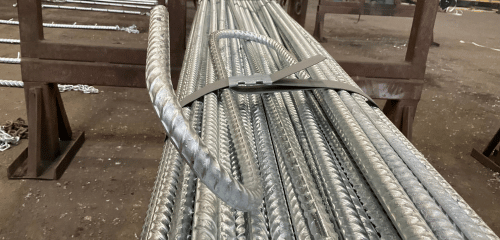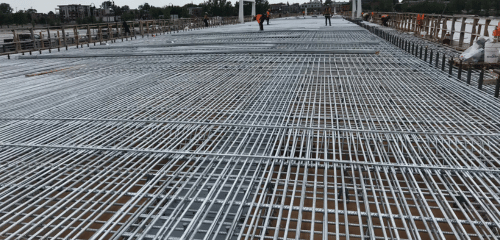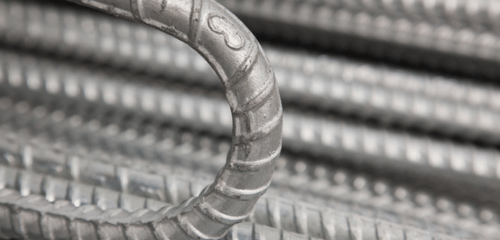











Credit: EGGA
Let's talk galvanizing
We are here to Help!
Our commitment lies in sharing our knowledge. We firmly believe that informed decisions drive better results. Reach out to us today and let our experience and expertise work to your advantage.